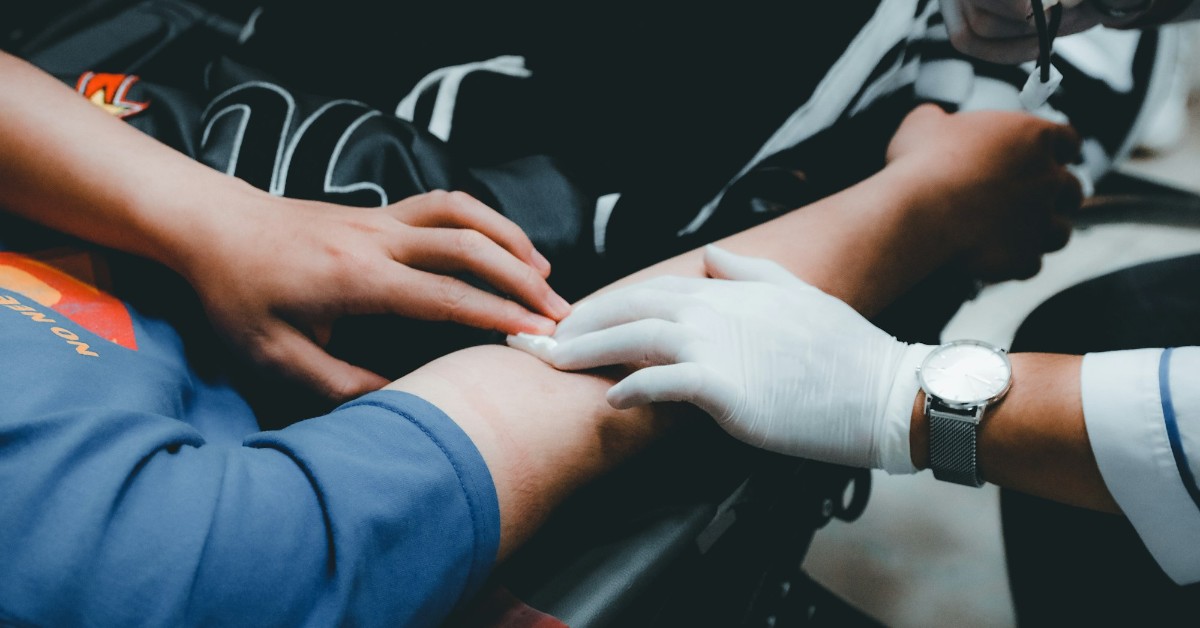
Top Phlebotomy School Insights: Master the Art of Blood Drawing | NY Certification
Phlebotomy, the science of drawing blood for medical testing, diagnosis, or treatment, is an important component of healthcare. As the demand for skilled phlebotomists continues to grow, it’s essential to receive top-notch training from a reputable institution. Here is how to find the right phlebotomy certification in NY.
The Importance of Training
Becoming a proficient phlebotomist requires more than just technical knowledge. It demands a combination of skills, including attention to detail, interpersonal communication, and a steady hand. Top phlebotomy schools in New York offer programs that cover not only the technical aspects of blood drawing but also the soft skills necessary for patient interaction and laboratory procedures.
Key Techniques for Successful Venipuncture
Drawing blood samples may seem straightforward, but it requires precision and care. Here are some essential techniques that the best phlebotomy schools emphasize:
Proper patient identification is crucial to ensure the right samples are collected from the correct individuals. In cases where a patient is unconscious or unresponsive, verifying their identity through hospital bracelets or medical staff is acceptable.
Preparation is key. Labeling all sample tubes prior to collection helps prevent mistakes and ensures the right tubes are used for specific tests. This practice also streamlines the process and reduces the risk of mislabeling samples.
When collecting samples, it’s important to take a measured approach. While efficiency is valuable, rushing through the process can lead to errors. A calm and steady technique often yields better results and a more positive experience for the patient.
Patient Interaction and Comfort
One of the most critical aspects of phlebotomy that top schools emphasize is patient interaction. Engaging with patients in a friendly and calming manner can significantly ease their anxieties about having blood drawn. It’s helpful to inquire if patients have issues with needles or the sight of blood, allowing the phlebotomist to take appropriate measures, such as suggesting they close their eyes or turn their head away during the procedure.
After collecting samples, it’s essential to ensure the patient feels fine before they leave. Some individuals may experience lightheadedness or dizziness, so it’s important to have them remain seated until any such feelings pass.
Advanced Techniques and Best Practices
Experienced phlebotomists often recommend targeting medial veins for blood collection. These veins are closer to the skin’s surface, more stationary, and generally easier to access, resulting in less discomfort for the patient.
The angle of needle insertion is crucial for a successful and comfortable blood draw. Top phlebotomy schools teach students to puncture the vein and skin at an angle between 15 and 30 degrees. This low-angle approach minimizes pain for the patient and reduces the risk of puncturing through the vein or hitting other structures like arteries, nerves, or muscles.
Contact Westchester School for Medical and Dental Assistants for Phlebotomy Certification NY
If you’re interested in pursuing a career in phlebotomy or enhancing your skills in this field, enroll at the Westchester School for Medical and Dental Assistants. As one of the leading institutions for phlebotomy certification in NY, we offer training programs that incorporate the latest techniques and best practices in the field to kickstart your career.